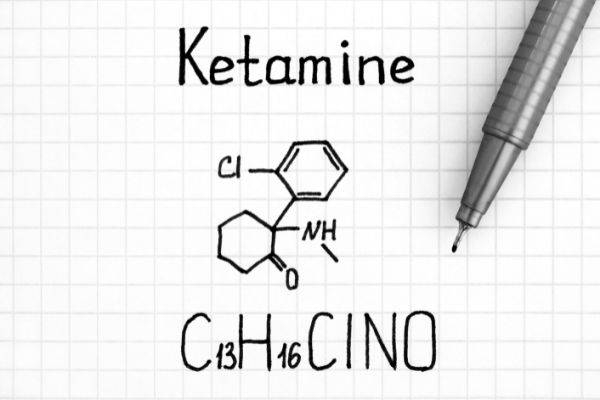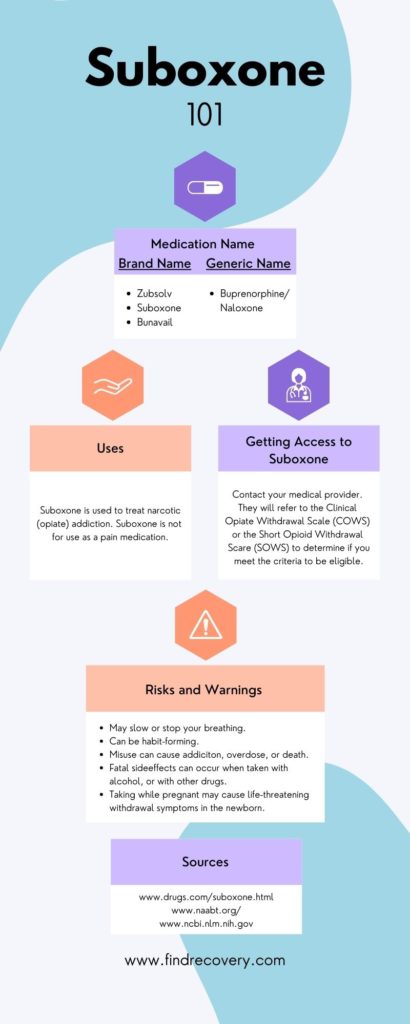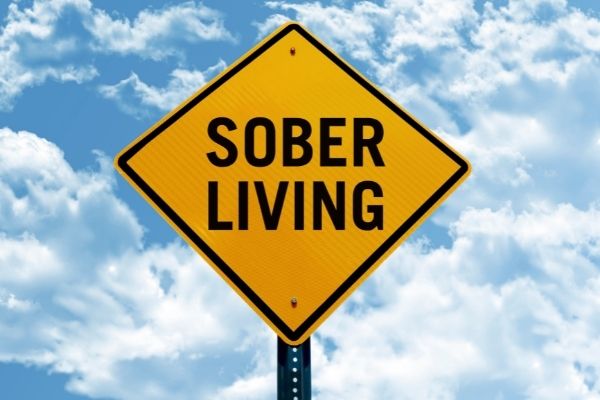Odds are you’ve heard the term quitting cold turkey before, which means abruptly stopping something instead of slowly tapering off. It is unanimously advised against in addiction recovery circles as being both dangerous (this is how you end up with nasty withdrawal symptoms) and oftentimes ineffective.
A similar and equally ill-advised approach for addiction recovery is something called “white knuckling”, meaning that a person tries to overcome addiction alone and solely through willpower. You can imagine someone metaphorically strapping in for a rough ride and holding on for dear life, resulting in the ‘white knuckles’ that the term is named after. Here’s why white knuckling sobriety is almost guaranteed to fail (and what you should do instead):
Why White Knuckling Doesn’t Work
White knuckling solely relies on the person’s willpower to help them overcome addiction. If you follow the 12 Steps, you’ll recall that Alcoholics Anonymous specifically addresses that willpower is not enough for a recovering alcoholic to achieve sobriety. That same willpower is the one that got the person into their problems in the first place and is clearly flawed when it comes to regulating alcohol control (learn more about Step 1 of AA).
It’s not a matter of willpower
The glaring problem with this approach, whether you are a follower of AA or not, is that ultimately, addiction is not a disease of willpower. Addiction is a chronic medical condition that is just as valid as anything else you’d find in a medical textbook. No one would reasonably expect anyone to try and power through diabetes or cancer, which are also chronic diseases. The rationale behind white knuckling is more in line with the (now outdated) model of addiction from the early 1900s which viewed substance abuse as a moral failure.
The Dangers of White Knuckling Sobriety
White knuckling is dangerous as well as ineffective, here’s why:
Unsupervised withdrawal
White knuckling means that a person is also going through withdrawal without assistance, some side effects of which can be deadly. Even if you’re not willing to enroll in an addiction treatment facility just yet, at least consider going through detox, where medical staff offers round-the-clock supervision to help you safely pass through withdrawal.
Higher odds of relapse
When a person goes to an addiction treatment facility, their program will include seeing a mental health professional that will help them uncover the root cause of their addiction, identify triggers, and teach healthy new coping mechanisms. Without that emotional support, white knucklers are ill-prepared to deal with the realities of life after addiction and are essentially walking a tightrope without a safety net.
Relapsing itself can be extremely dangerous because during the period a person abstained from drug use, their tolerance may have decreased considerably. If they consume drugs in the quantities they’re used to, they put themselves at significant risk of overdose.
Alternatives to White Knuckling
Failing to address the psychological causes behind addiction can put a person at an increased risk of relapse. Here are a few ways to get that support for those who are reluctant to commit to going to drug rehab:
Taper off drug use
White knuckling and quitting cold turkey aren’t synonymous, but it’s not unusual for them to coincide. As such, do not abruptly stop using drugs in your effort to get sober. Purposefully taper your dosage to a smaller amount over a period of weeks to allow your body to gracefully adjust. This will reduce the likelihood of withdrawal effects and ease the severity of any symptoms you end up experiencing–in turn, minimizing your need for professional medical intervention. When you eventually get to the point of stopping use altogether, it’s strongly recommended to do so in a detox rehab anyways for your safety
See a therapist
You don’t need to be a patient of a formal addiction treatment facility to receive the benefits of therapy or counseling. There are many mental health professionals that specialize in helping those who struggle with substance abuse. They can help undo the psychological dependence you’ve developed on our drug of choice and teach you the skills you need to masterfully navigate the temptations or cravings you will inevitably experience.
Find a support group
Numerous studies have shown the importance of a support network in the addiction recovery process. It provides motivation, accountability, and distraction. Whether or not you are open about your substance use, you can find confidential, judgment-free support by attending AA meetings or NA meetings. Find one near you today to connect with others who have been in your shoes.










